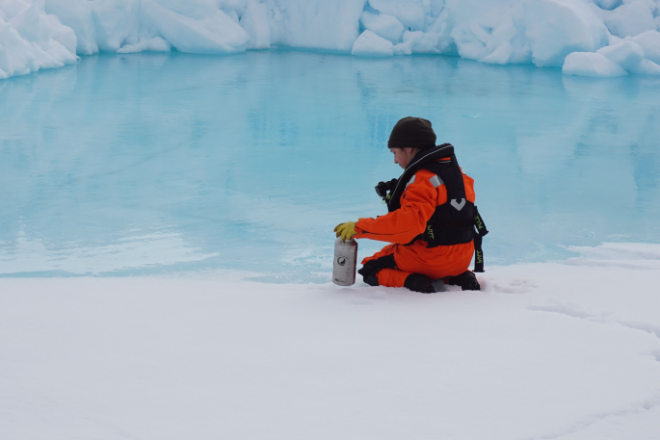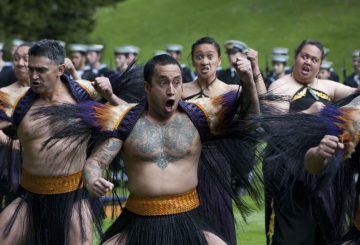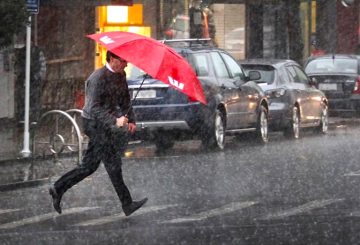플라스틱 생산량 감축에 대한 전 세계적 요구가 쏟아지는 가운데, 새로운 연구에 따르면 북극해 얼음과 퇴적물에 플라스틱이 많이 함유되어 있는 것으로 나타났습니다.
캔터베리 와이타하 대학교의 테웨어 와낭가 (Te Whare Wānanga) 과학자인 디오니 앨런 (Deonie Allen) 박사는 북극 해조류 멜로시라 북극을 발견한 국제 연구팀의 일원으로서 주변 바닷물보다 플라스틱 입자 농도가 10배나 높아 해양 생물을 위협하고 이 지역의 해양 식품에 의존하는 사람들을 플라스틱에 노출시킬 가능성이 있습니다.
해조류는 봄과 여름에 해빙 아래에서 번성합니다.그런 다음 플라스틱 입자를 가지고 죽어 수 킬로미터 떨어진 해저까지 덩어리로 떨어집니다.
먹이 그물 밑부분에 집중된 플라스틱 입자는 해수면의 해조류를 먹고 사는 생물뿐만 아니라 심해의 바닥에 사는 동물들에게도 위협이 됩니다.
해조류는 봄과 여름에 해빙 아래에서 빠르게 자라며 그곳에서 미터 길이의 세포 사슬을 형성합니다.세포가 죽고 얼음이 녹으면 서로 달라붙어 하루 만에 심해 바닥으로 가라앉을 수 있는 덩어리가 됩니다.
놀라운 결과는 조류 덩어리에 입방 미터당 평균 31,000± 19,000개의 미세 플라스틱 입자가 포함되어 있다는 것이었습니다. 이는 주변 물 농도의 약 10배입니다.
빙조류는 많은 심해 거주자에게 중요한 식품 공급원일 뿐만 아니라 해수면의 중요한 식품 공급원이기도 합니다. 이는 AWI가 참여한 초기 연구에서 알 수 있듯이 미세 플라스틱이 얼음과 관련된 동물플랑크톤 유기체 사이에 특히 널리 퍼진 이유를 설명할 수 있습니다.
팀은 국제 협력이 플라스틱 생산을 줄일 수 있기를 희망합니다.
크레딧: sunlive.co.nz





























































